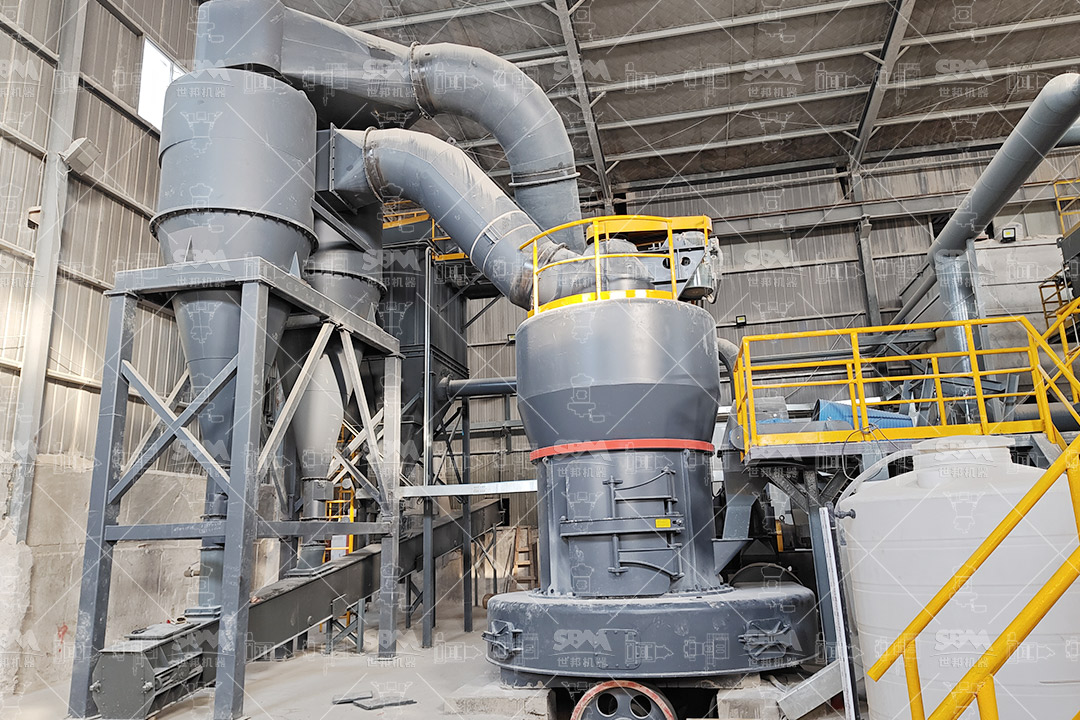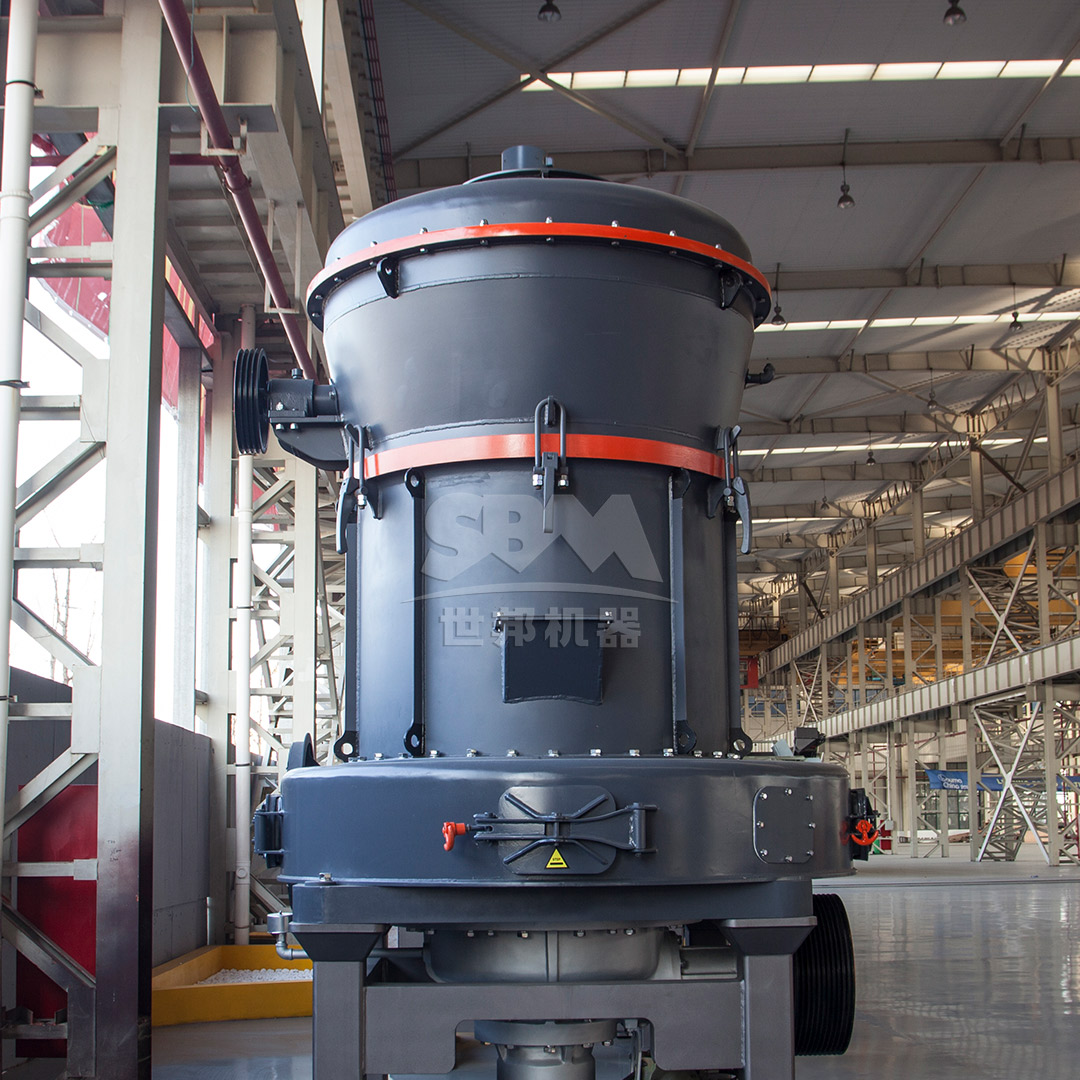Hammer mills represent one of the most versatile and widely used size reduction technologies in biomass processing operations. Their ability to handle a variety of biomass feedstocks—from wood chips and agricultural residues to energy crops—makes them indispensable in bioenergy, animal feed, and composite material production. However, achieving optimal performance requires careful consideration of several operational parameters that directly impact efficiency, product quality, and operational costs.
This comprehensive guide examines the key factors influencing hammer mill performance and provides practical recommendations for maximizing throughput while maintaining consistent product specifications. Additionally, we explore how advanced grinding technologies can complement traditional hammer milling for specialized applications requiring ultra-fine powders.

The physical and mechanical properties of biomass significantly influence hammer mill performance. Moisture content, fiber length, density, and hardness all affect the energy consumption and throughput capacity of the milling process.
High moisture content (typically above 15-20%) can lead to screen clogging, reduced throughput, and increased energy consumption. Pre-drying or using specialized hammer mills with enhanced airflow can mitigate these issues. Particle size distribution of the input material also plays a crucial role, with optimal feed sizes generally below 40mm for most industrial hammer mills.
Rotor velocity directly impacts the impact energy transferred to biomass particles. Higher rotational speeds (typically 800-3000 RPM depending on mill size) generate greater impact forces, resulting in finer particle size distributions. However, excessive speed can increase wear, noise, and energy consumption without proportional benefits in reduction efficiency.
Hammer design—including weight, shape, and material composition—affects both impact characteristics and wear resistance. Reversible hammers extend service life by enabling rotation when leading edges become worn. The number of hammers and their arrangement on the rotor determine the frequency of impact events per revolution.
| Parameter | Optimal Range | Impact on Performance |
|---|---|---|
| Rotor Speed | 800-1500 RPM | Higher speed = finer output, more wear |
| Hammer Tip Speed | 70-90 m/s | Critical for effective size reduction |
| Screen Opening Size | 1-8 mm | Determines maximum particle size |
| Airflow Velocity | 15-25 m/s | Prevents screen blinding, controls temperature |
The screen or grate surrounding the grinding chamber represents one of the most critical components determining final particle size. Screen opening size directly controls the maximum particle dimension in the discharged product. Smaller openings produce finer materials but reduce throughput and increase the risk of screen blinding.
Screen geometry—including hole shape, open area percentage, and material thickness—affects both efficiency and service life. Perforated screens with round holes offer the highest open area, while slotted screens provide more elongated particles. Regular inspection and timely replacement of worn screens maintain consistent product quality and prevent unexpected downtime.

Size reduction typically accounts for a significant portion of total energy consumption in biomass processing facilities. Optimizing hammer mill operation can reduce specific energy consumption (kWh/ton) by 20-40% while maintaining product specifications.
Key strategies for energy optimization include:
Modern hammer mills increasingly incorporate automated control systems that monitor amperage, temperature, and vibration to optimize performance. These systems can automatically adjust feed rates based on motor load, preventing overload conditions while maximizing throughput. Vibration monitoring provides early detection of imbalance or bearing issues, reducing unplanned downtime.
While hammer mills excel at coarse to medium grinding of biomass materials, many advanced applications require finer powders with tighter particle size distributions. For these demanding applications, specialized grinding equipment often delivers superior performance and efficiency.
For operations requiring ultra-fine biomass powders in the range of 325-2500 mesh (45-5μm), our SCM Ultrafine Mill represents an ideal solution. This advanced grinding system delivers exceptional performance with output fineness ranging from 325 to 2500 mesh (D97≤5μm), handling feed materials up to 20mm in size. With capacity ranging from 0.5 to 25 tons per hour depending on model selection, the SCM series achieves remarkable energy efficiency—offering twice the capacity of jet mills while reducing energy consumption by 30%.
The technological advantages of the SCM Ultrafine Mill include:
For operations requiring medium-fine grinding in the 30-325 mesh range (600-45μm), our MTW Series Trapezium Mill offers an excellent balance of performance, efficiency, and reliability. With capacity from 3 to 45 tons per hour and maximum feed size of 50mm, this robust grinding system incorporates several advanced features including anti-wear shovel design, curved air channel optimization, and integrated cone gear transmission achieving 98% efficiency.

Implementing a structured maintenance program significantly extends equipment life and maintains consistent performance. Key maintenance activities include regular inspection and replacement of wear parts (hammers, screens, liners), bearing lubrication, drive alignment checks, and rotor balancing.
The frequency of maintenance interventions depends on operating hours, feedstock abrasiveness, and product specifications. Highly abrasive materials may require hammer rotation or replacement after just 200-300 hours of operation, while less demanding applications might extend this to 800-1,000 hours.
Hammer mills present several significant safety hazards that require appropriate controls:
Optimizing hammer mill performance requires a holistic approach that considers feedstock characteristics, equipment configuration, operational parameters, and maintenance practices. By carefully balancing these factors, operators can significantly improve throughput, reduce energy consumption, extend equipment life, and maintain consistent product quality.
For applications requiring finer particle sizes than practical with hammer milling alone, complementary technologies like our SCM Ultrafine Mill and MTW Series Trapezium Mill provide efficient solutions for producing high-quality biomass powders with precise particle size distributions. The selection of appropriate grinding technology should be based on specific product requirements, capacity needs, and total cost of ownership considerations.
As biomass processing continues to evolve toward higher efficiency and greater product sophistication, the integration of optimized hammer milling with advanced fine grinding technologies will play an increasingly important role in maximizing value from biomass resources.